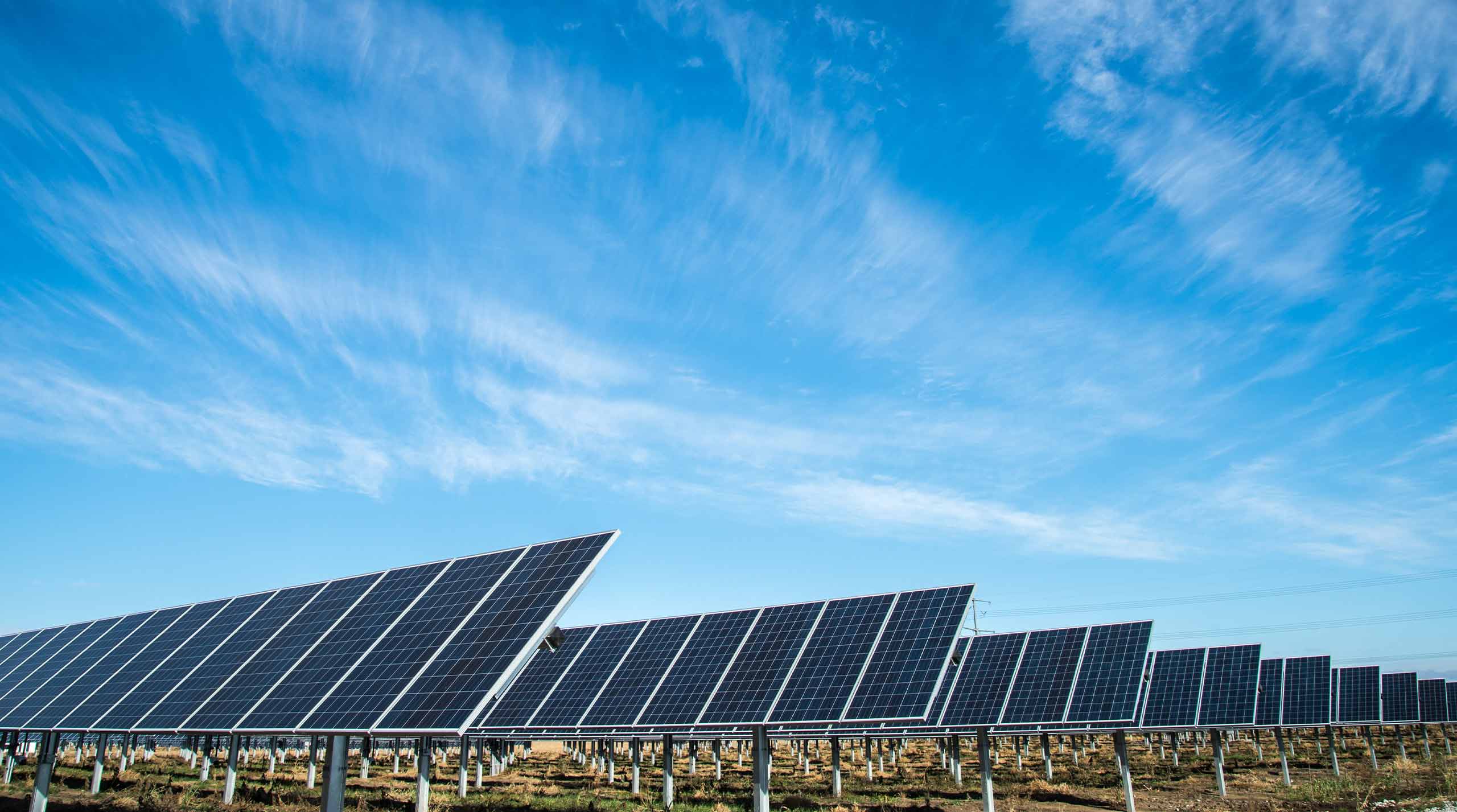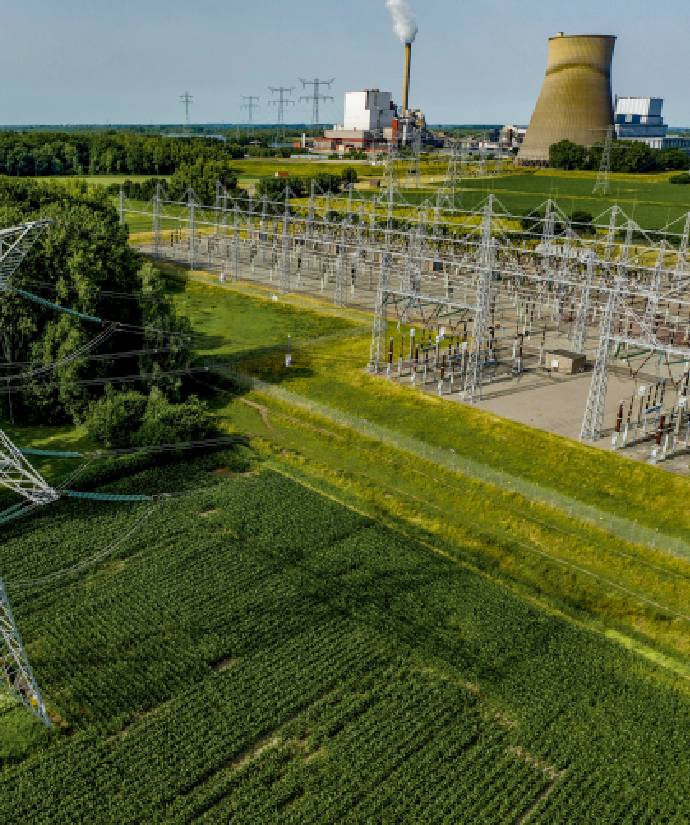
How AI is Reshaping the Clean Energy
BSI – 20/12/2024
1. Energy Demand Forecasting
- AI-powered predictive analytics analyze historical data, weather patterns, and consumption trends to forecast energy demand with high accuracy.
- This helps utilities optimize power generation, reducing reliance on fossil fuels and improving grid stability.
2. Smart Grid Management
- AI enhances smart grids by dynamically adjusting energy distribution based on real-time demand and supply fluctuations.
- It enables automated responses to outages, improves load balancing, and enhances the integration of renewable sources like solar and wind.
3. Renewable Energy Optimization
- AI algorithms optimize the performance of solar panels and wind turbines by analyzing weather conditions, equipment performance, and maintenance needs.
- Predictive maintenance powered by AI reduces downtime and extends the lifespan of renewable energy assets.
4. Energy Storage Solutions
- AI helps manage energy storage systems (e.g., batteries) by predicting when to charge or discharge power based on grid demand and energy prices.
- This ensures maximum utilization of renewable energy while stabilizing the grid.


5. Carbon Footprint Reduction
- AI enables industries and businesses to monitor their energy consumption patterns and identify ways to reduce their carbon footprint through energy-efficient strategies.
- Smart building management systems leverage AI to optimize heating, cooling, and lighting.
6. Automated Trading in Energy Markets
- AI-driven algorithms facilitate real-time energy trading, allowing utilities to buy and sell electricity more efficiently.
- This helps balance supply and demand in deregulated energy markets.
7. Advanced Materials Discovery
- Machine learning models accelerate the discovery of new materials for solar panels and batteries, improving efficiency and reducing costs of clean energy technologies.
8. Electric Vehicle (EV) Integration
- AI plays a crucial role in managing EV charging networks, optimizing charging times to reduce strain on the grid and promote the use of renewable energy sources.
9. Climate Modeling and Risk Management
- AI helps model climate impacts and energy system vulnerabilities, enabling governments and companies to develop resilient clean energy strategies.
10. Consumer Engagement and Smart Homes
- AI-driven smart home devices provide personalized energy-saving recommendations, helping consumers reduce their energy usage and costs.
The integration of AI in clean energy is accelerating the transition to a sustainable, low-carbon future by making energy systems more efficient, reliable, and cost-effective.




